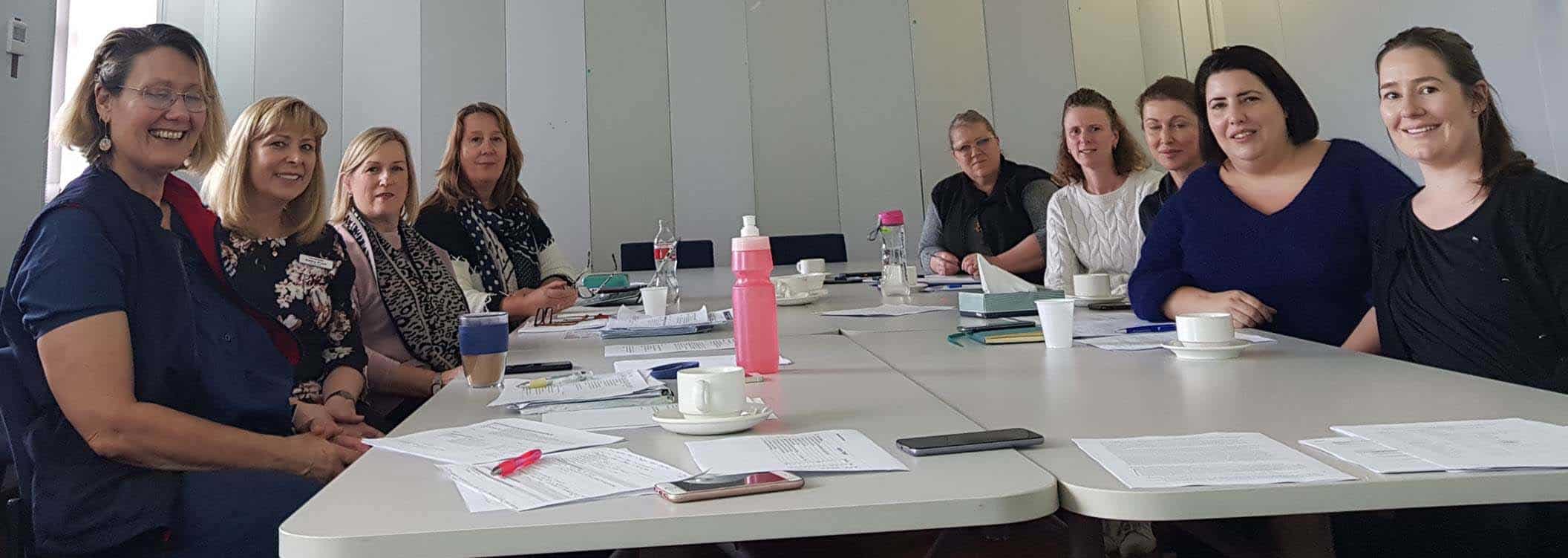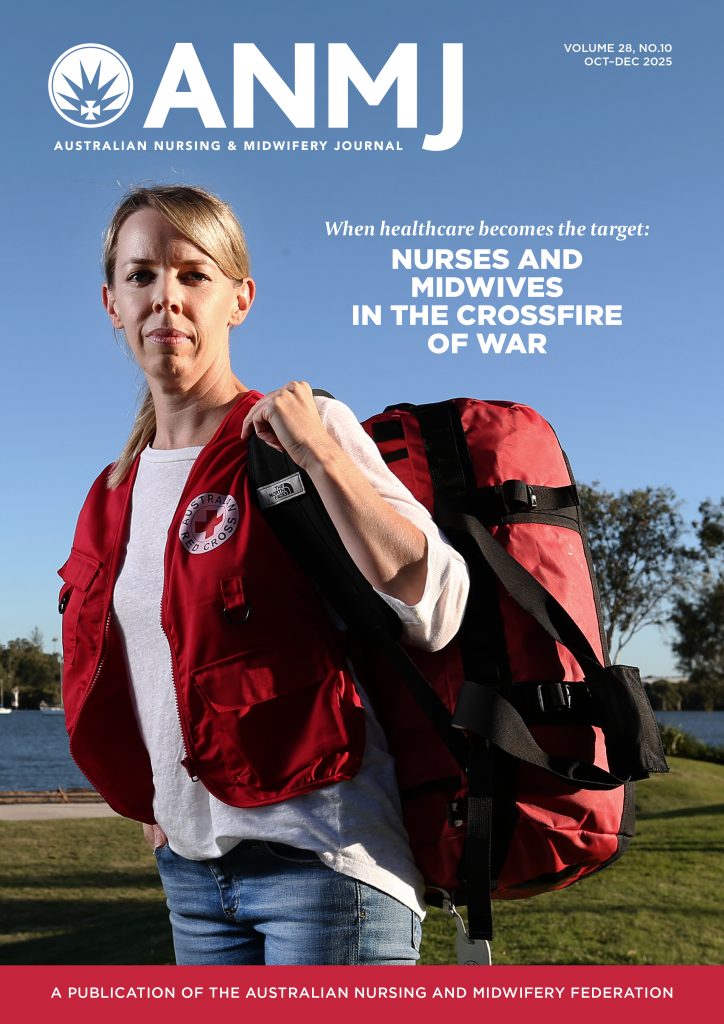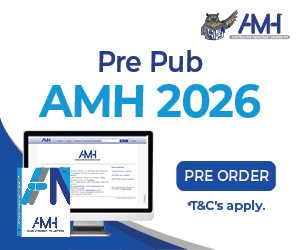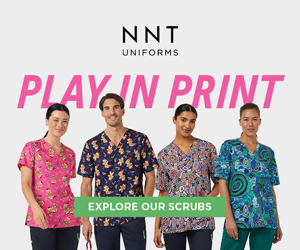Melbourne’s public health services are all unique but they share the same challenges in providing high-quality health services to Australia’s second largest, and growing, city.
Australia’s ageing population and proliferating chronic health conditions are increasing demands on all areas of health delivery (ABS 2016).
In many organisations, the wound management CNC plays an integral role optimising patient care and minimising preventable harm, particularly in areas such as pressure injury prevention.
Leading organisational change towards best practice takes significant skills, time and resources. This is true for many advanced nursing roles, however, opportunities to develop these skills and be mentored by experienced peers can be challenging as many of these roles are also stand-alone.
In a system with many competing priorities it is imperative to find ways to allow organisations to share learning across networks; allow piloting of ideas and projects before wholesale system change, and mentor skill development.
Informal networking of wound specialist nurses at external events and conferences has been long-standing and has provided insight into the similarities and differences within wound management CNC roles across metropolitan Melbourne as well as the similarities in clinical challenges faced by health services.
To better understand the wound management CNC role, an online survey was conducted using Survey Monkey. The survey asked five structured questions and gained free text responses. The questions focused on capturing feedback on the challenges, frustrations and value of the role in public health services across metropolitan Melbourne.
Themes drawn from the results included experiences of professional isolation, difficulty driving large scale change and lack of opportunity for professional development. Results of the survey supported a proposal for interorganisational collaboration. Funding awarded by the Royal Melbourne Hospital Foundation enabled an 18-month pilot collaborative group to be established, with the aim, if successful, to become self-sustaining beyond the pilot period. The initial proposal initially focused on the metro health services but was expanded to include surrounding services due to interest.
The group agreed to meet quarterly and after each meeting an online feedback survey was circulated to the members via Survey Monkey.

The post-meeting survey repeated questions around role challenges and enablers as well as questions pertaining to the running of the meetings. This allowed for the evaluation of the trend over time; an evaluation of the initial 12 months was conducted, gauging the group’s overall experiences and perceptions of the collaboration.
In November 2017, the first ‘Metropolitan Melbourne and Surrounding Areas Wound CNC Collaborative group’ meeting was held at the Royal Melbourne Hospital, comprising of wound management CNCs and Stoma Therapy CNCs who had the portfolio of inpatient wound management leadership from 12 public health services from Melbourne and surrounding areas (Melbourne Health, Alfred Health, Austin Health, Barwon Health, Eastern Health, Monash Health, Northeast Health Wangara a, Northern Health, Peninsula Health, Peter MacCallum Cancer Centre, St Vincent’s Hospital and Western Health).
Four key priorities were established by the group including; collaboration and sharing of resources related to preventable skin harm; product and equipment discussion forum; research sharing and development; and professional development opportunities for members.
Evaluation of the collaboration indicated that it had a positive impact on experiences of professional isolation by providing a space for:
- sharing of knowledge;
- information and experience;
- promoted networking; and
- allowed collegial support and professional relationships to grow.
Members also drew support through group email communication where clinical queries or practice recommendations were shared. Health services were able to utilise the combined knowledge and experience of the group via their representative who was able to draw on the feedback and responses of the members.
Working together and avoiding duplication of effort meant all health services involved gained benefit from this group. This occurred through the sharing of local processes, allowing the group to discuss and debate best practice and establish consensus statements relevant to the field. Group consensus statements were then shared with local organisations for use in their own internal processes.
Feedback from members indicated they found the collaboration supported the streamlining of local processes and work prioritisation, inspiring participants to bring knowledge and ideas back to their health service.
Professional development opportunities were incorporated into the meetings through presentations provided by members of the group as well as guest speakers. The evaluation indicated that learning opportunities during the meetings were valued.
A sense of feeling inspired by others in the group and building a broader knowledge base was noted.
Currently, no other collaborative group exists for wound management CNCs in in-patient public health services. There is a need for innovative strategies to improve patient care, minimise harm and to support advanced nursing roles (Ducke, Cuddihy & Newnham 2016). Investing in clinical leadership through the support of inter-organisational collaboration has many potential benefits for staff attending the meetings, the health services involved and the patients they care for. The pilot program trialled over the past 12 months has already delivered benefits to those involved and their respective health services. By providing a platform for collegial support, networking and shared learnings, challenges such as experiences of role isolation, standardising best practice and professional development opportunities for specialist clinical staff can be better addressed. Further outcomes of the collaboration will continue to be explored.
With thanks to the Wound Management CNC Collaborative Group for their contributions and commitment to the 12-month pilot period of the collaboration. Carolyn Atkin RN (Stoma Therapy – Peter MacCallum Cancer Centre), Lisa Connolly RN (Stoma Therapy-Monash Health), Michelle Daly RN (CNC Wound – Northeast Health Wangaratta), Carmen George RN (Stoma Therapy-St Vincent’s Hospital), Greer Hosking RN (CNC Wound – Austin Health), Diane Housiaux RN (CNC Wound – Alfred Health/Caulfield), Col Kilmner RN (CNC Wound – Western Health), Jacqueline McCowan RN (CNC Wound and Stoma – Monash Health), Donna Nair RN (CNC Wound – Barwon Health), Ai Wei Ng NP (CNC Wound – Melbourne Health), Kathy Puyk RN (CNC Wound – Alfred Health), Stephanie Rakis NP (CNC Wound – Melbourne Health), Liz Ryan RN(CNC Wound – Monash Health), Wendy Sansom RN (CNC Stoma Therapy – Eastern Health), Meagan Shannon RN (CNC Skin Integrity – Peninsula Health), Diana Wells RN (CNC Wound and Stoma – Monash Health) and Kerry Wirz RN (CNC Wound – Northern Health).
Authors
Hannah Tudor RN is CNC Wound – Melbourne Health
Sarah Sage NP is CNC Wound; Coordinator Chronic Wound Service/Wound CNC team – Melbourne Health
Anthony McGillion is Associate Professor of Clinical Nursing Practice at La Trobe University








